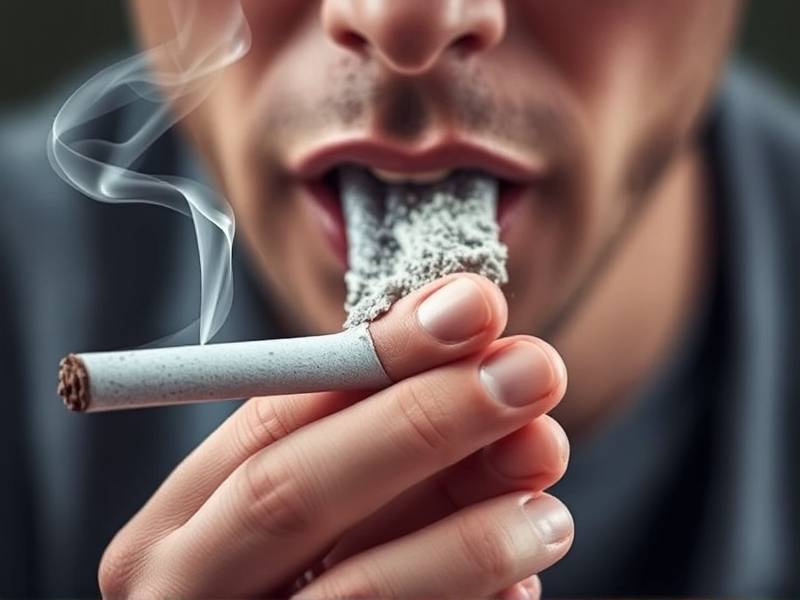Which is harder to quit: smoking or dipping?
"The Great Dilemma: Smoking vs. Dipping – Which is Harder to Quit?"
Introduction: In the world of tobacco cessation, the debate between smoking and dipping has been a long-standing one. Both habits come with their own set of challenges, and many find themselves wondering which one is harder to quit. In this article, we delve into the intricacies of both smoking and dipping, exploring the factors that make each habit particularly difficult to break.
I. Understanding Smoking: Smoking involves inhaling the smoke from burning tobacco leaves, which contains a myriad of harmful chemicals. The act of smoking is deeply ingrained in social and cultural contexts, making it challenging for many to quit.

A. Physical addiction: Nicotine, a key component in tobacco products, is highly addictive. The physical withdrawal symptoms experienced when attempting to quit can be quite severe, including cravings, irritability, and headaches.

B. Psychological factors: Smokers often develop psychological dependencies on smoking as a way to cope with stress or boredom. Breaking this psychological tie can be particularly difficult.
II. The World of Dipping: Dipping involves placing a small piece of tobacco between the lower lip and gum or under the tongue. This method delivers nicotine more slowly than smoking but can still lead to addiction.
A. Physical addiction: Similar to smoking, dipping leads to physical nicotine dependence. Withdrawal symptoms can include cravings, irritability, and mood swings.
B. Psychological factors: Dippers may also develop psychological dependencies on their habit as a means of dealing with stress or socializing.
III. Comparing Challenges: When comparing the challenges associated with quitting smoking versus dipping, several factors come into play:
A. Social environment: Smokers often face social pressure due to widespread stigma associated with smoking. Dippers may also experience social pressure but may have an easier time hiding their habit due to its discreet nature.
B. Nicotine delivery: The rate at which nicotine is delivered can impact withdrawal symptoms and overall difficulty in quitting. While dipping delivers nicotine more slowly than smoking, some individuals may find it easier to manage their cravings due to this slower release.
C. Withdrawal symptoms: Both smoking and dipping have similar withdrawal symptoms; however, some individuals may find that quitting one method over the other offers slightly less discomfort.
IV. Conclusion: Ultimately, whether quitting smoking or dipping is harder depends on individual circumstances and personal experiences with each habit. It's important for those seeking to quit tobacco use to understand the challenges they face and seek out appropriate support systems tailored to their needs.
In conclusion, both habits present unique challenges when it comes to quitting烟草 use; however, by addressing both physical and psychological dependencies along with seeking support from friends, family members, or professionals specializing in tobacco cessation programs,one can overcome these obstacles on their journey towards a healthier lifestyle.
